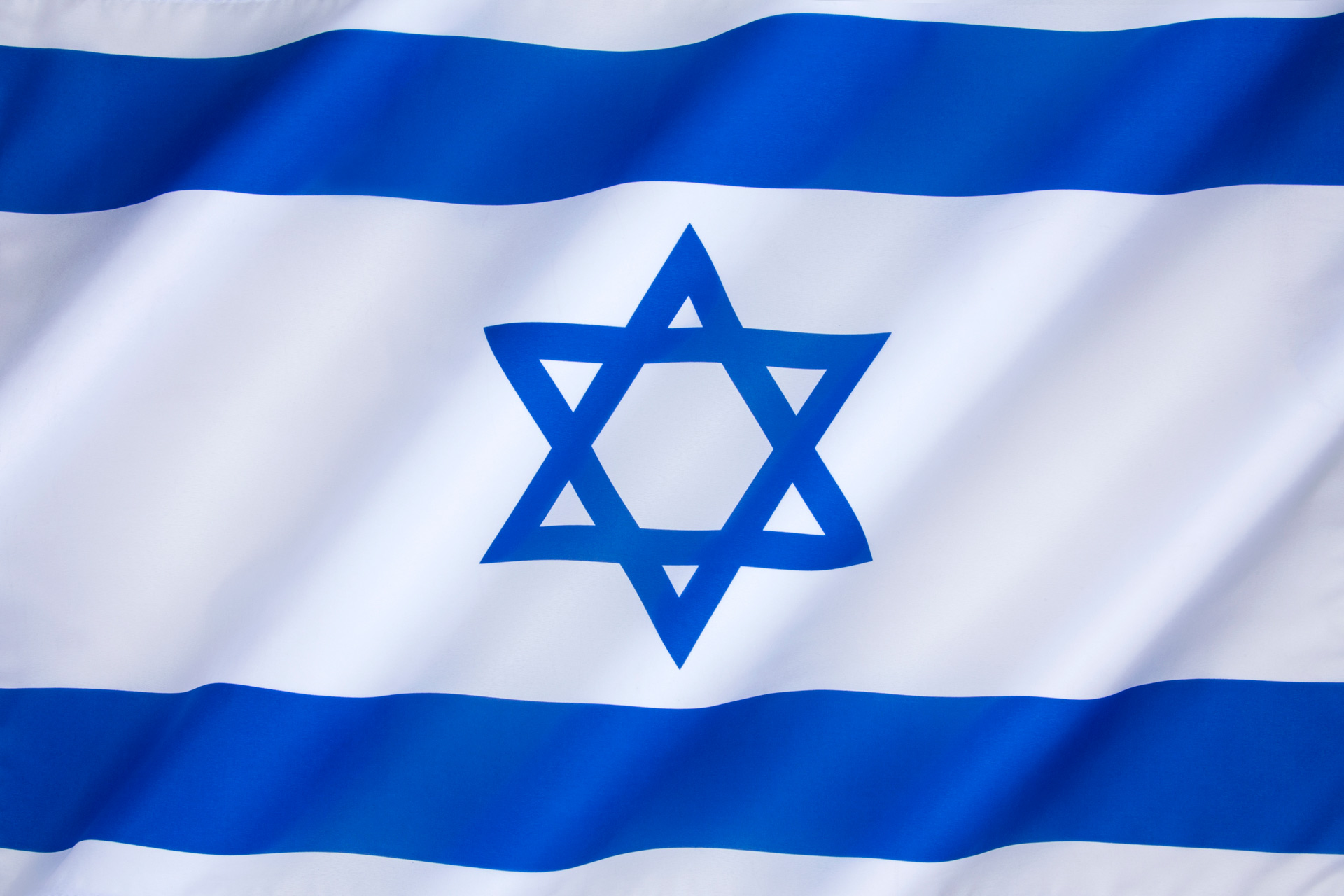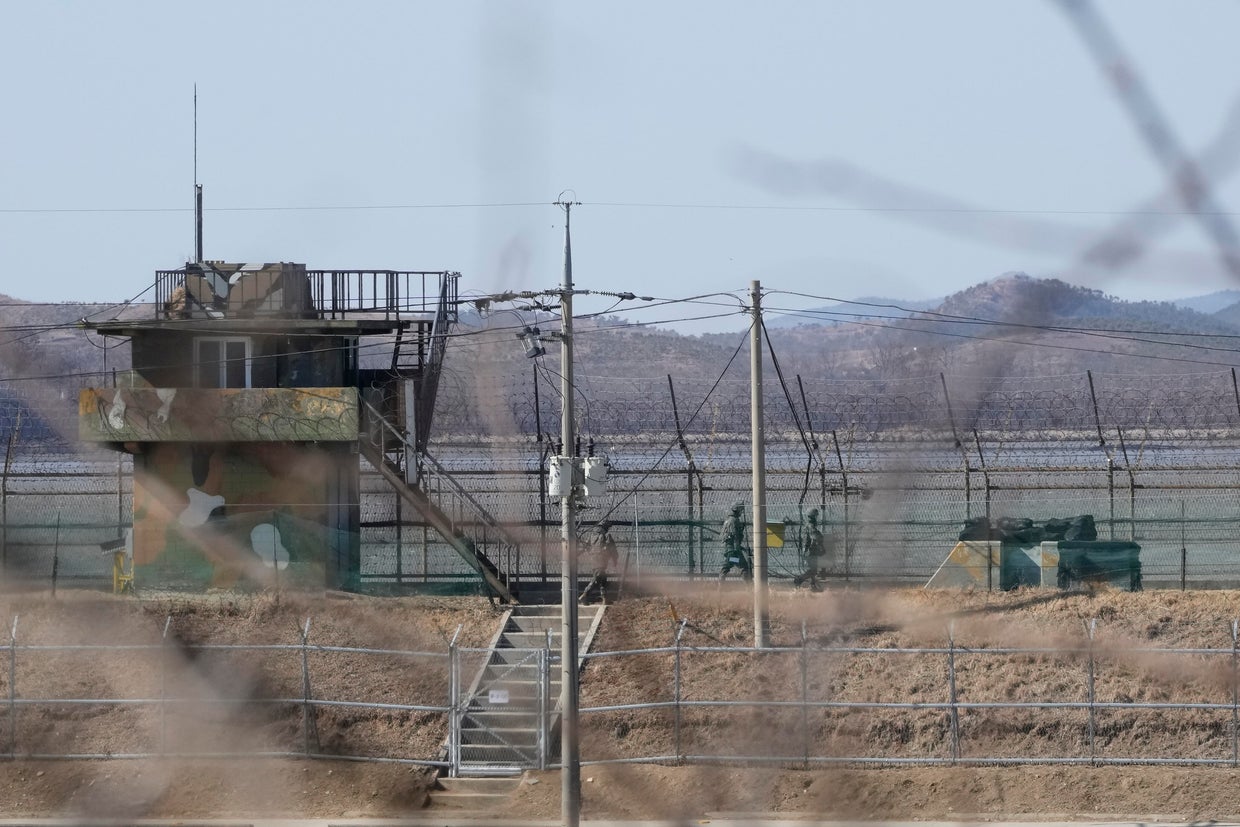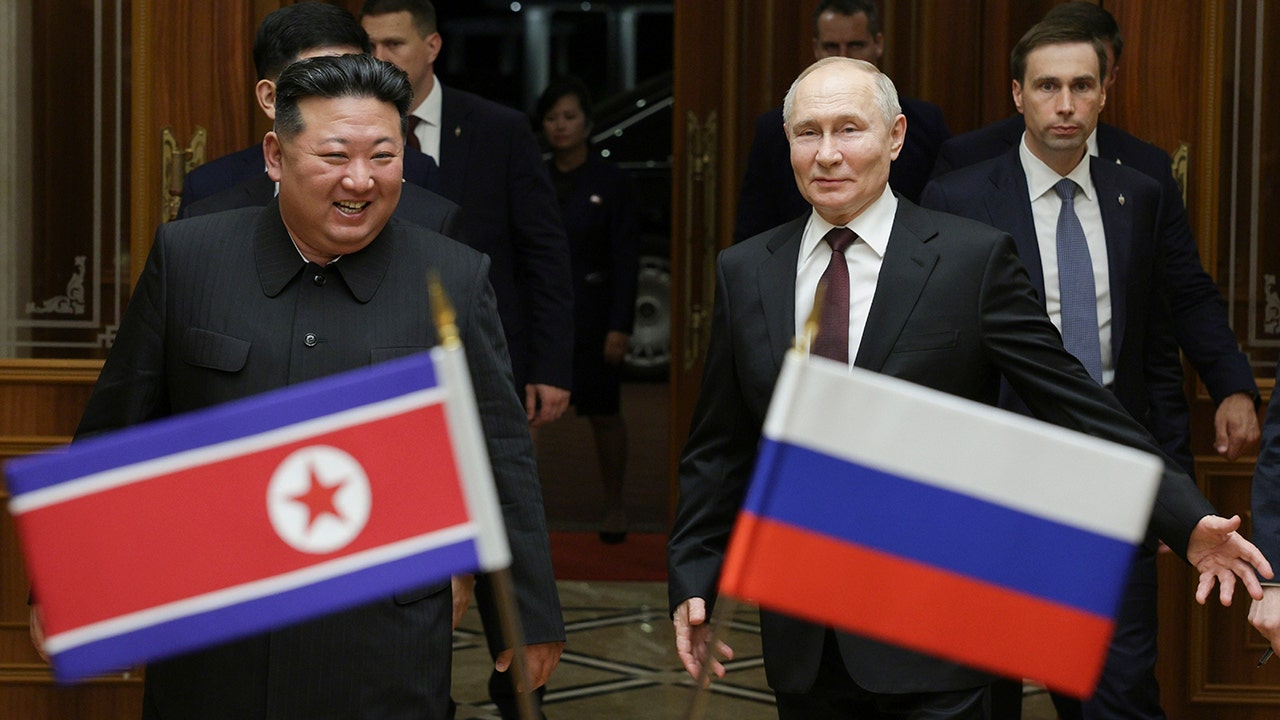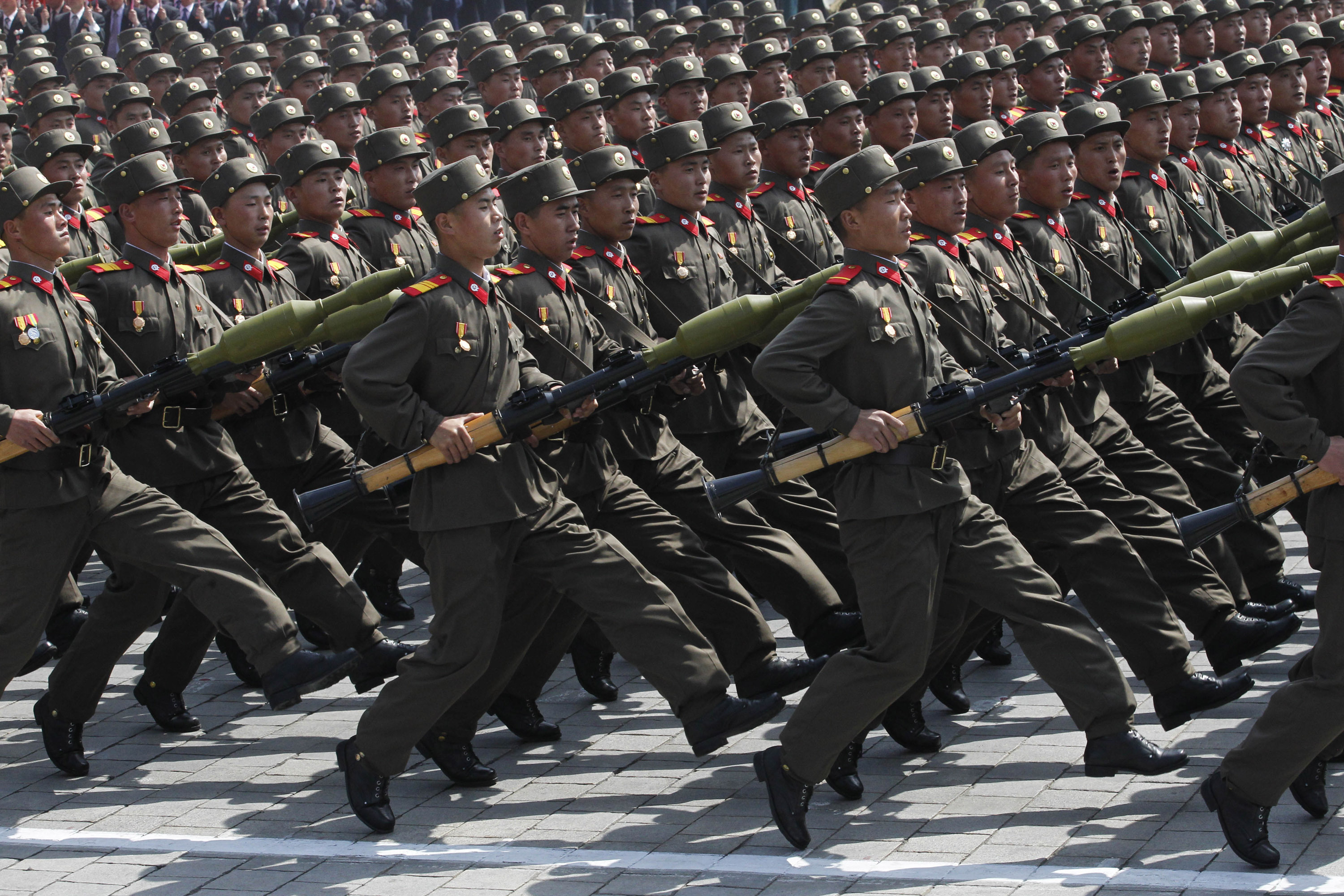North Korea launches 2 ballistic missiles in protest of US-South Korea drills

The South Korean military reported that North Korea fired two short-range missiles at its eastern waters Thursday. This was a continuation of their weapons testing to protest the live-fire drills between South Korea and the US, which they viewed as invasion rehearsals.
This is the first launch by North Korea since late May, when it failed to place its first spy satellite in orbit.
The Joint Chiefs of Staff of South Korea said that it detected North Korean launches in its capital area on Thursday evening. The South Korean military has stepped up its surveillance and is maintaining readiness in close coordination to the United States, according to the report.
The Japanese Defense Ministry said that it had also detected a possible missile fired by North Korea. The Japan Coast Guard warned vessels to be careful in the waters between the Korean Peninsula, Japan, and the North Pacific Seas. No immediate damage was reported to aircraft or ships.
|
Later, a Tokyo defense ministry official confirmed to reporters that both missiles had landed within Japan’s exclusive Economic Zone.
Official: “Two missiles fell within the EEZ,” said the official. The EEZ extends beyond Japan’s territorial waters up to 200 nautical mile.
The launch took place just hours after South Korean troops and US soldiers had completed a large-scale, live-fire exercise near the heavily fortified border between Koreas earlier on Thursday. Around 30 minutes prior to the launch, North Korea’s military also promised an unspecified reaction to its rivals’ drills which they called “provocative and reckless.”
In a statement released by the state media, a spokesperson for the North Korean Defense Ministry who was not identified said that “our response to [the South Korean and US drills] is unavoidable.” “Our armed force will counter any provocation and demonstration by the enemy.”
In recent months, tensions have increased as both the North Korean pace of weapons testing and US-South Korea military drills have increased. North Korea has tested about 100 missiles in the past year.
A North Korean rocket that was carrying the country’s first spy satellite, a long-range missile, crashed on May 31 off the west coast of the Korean Peninsula. North Korea acknowledged its failure and promised to push for a subsequent launch. The spy satellite is one of a number of high-tech weapon systems that North Korean leader Kim Jong Un plans to introduce in response to what he believes to be US hostility.
Leif-Eric Easley is a professor from Ewha University, Seoul. He said that this launch was not meant to compensate for the failure of the previous attempt to place a spy satellite in orbit. The message of today’s rockets is likely Pyongyang protesting against South Korea’s joint defense exercises with the United States as well as a display of North Korea military capability and readiness.
The live-fire exercises between the US and South Korea began last month. This was the fifth round. The drills this year were the largest since 1977. According to the South Korean Defense Ministry, each of this year’s 5 rounds of drills included 2,500 South Korean troops and US forces, as well as 610 military assets from both countries including stealth fighters jets, helicopters, tanks, and drones.
The drills were observed by South Korean President Yoon Suk Yeol, as well as senior military officials from South Korea and the US.
Yoon, the official name of South Korea, said that only a strong military, which is able to fight and defeat an enemy, and which they cannot even challenge, can guarantee freedom, peace, and prosperity for the Republic of Korea.
North Korea’s official media has recently accused South Korea of using firing drills as a way to learn “military threats, blackmail and war tactic” against North Korea.
Top security officials from Japan, South Korea, and the United States met in Tokyo on Thursday to discuss trilateral issues.
According to the South Korean Presidential Office, the three officials held discussions on tightening cooperation and coordination more broadly with international communities to counter North Korean missile and nuclear activities.
The White House released a statement in which US National Security Advisor Jake Sullivan reaffirmed Washington’s commitment towards the defense of South Korea, Japan and discussed recent efforts for strengthening both alliances, to the benefit of this region.









No Comments